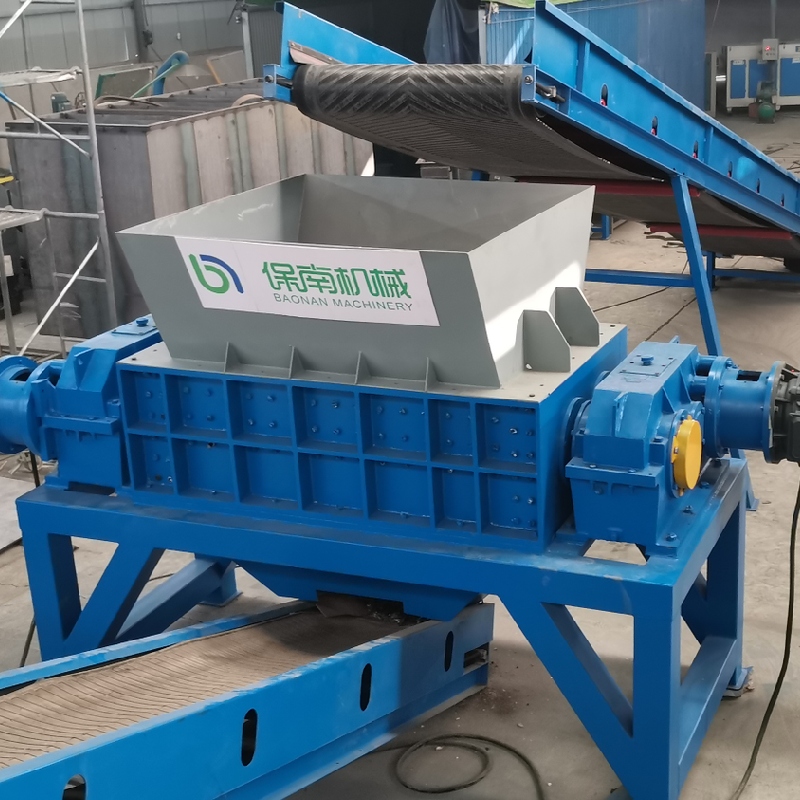

Ліст . 10, 2024 04:10 Back to list
Eddy Current Magnetic Separator Enhancing Recycling Efficiency
Eddy current magnetic separators are innovative devices integral to the recycling industry, effectively separating non-ferrous metals from a variety of materials. The process they employ relies on the principles of electromagnetism, specifically the phenomenon known as eddy currents. Not only do these separators streamline recycling processes, but they also contribute to sustainability efforts by promoting the recovery of valuable materials.
How Eddy Current Separators Work
The core operation of an eddy current magnetic separator involves a rapidly rotating magnetic field. As materials are fed onto a conveyor belt, they pass through this magnetic field, which is generated by a rotating drum or rotor. This rotating magnetic field induces eddy currents in non-ferrous metals—such as aluminum, copper, and brass—causing these metals to generate their own magnetic field. Due to the repulsive force between the induced magnetic field and the magnetic rotor, the non-ferrous particles are propelled away from the conveyor belt. In contrast, ferrous materials, such as iron, are not affected by the eddy currents and continue along the belt, allowing for efficient and effective separation.
Advantages of Eddy Current Separators
1. High Efficiency Eddy current separators can achieve a high degree of separation efficiency. They are capable of processing large volumes of material rapidly, making them suitable for operations that require quick turnarounds. This efficiency is particularly beneficial in recycling operations where time and costs are critical.
2. Versatility These separators can be used in various applications, including municipal solid waste recycling, plastic recycling, electronic waste recovery, and more. Their ability to differentiate between non-ferrous and ferrous metals allows recyclers to sort materials effectively, ensuring that valuable resources are reclaimed.

3. Reduced Environmental Impact By enabling the recycling of non-ferrous metals, eddy current magnetic separators play a significant role in reducing the demand for virgin materials. This not only conserves natural resources but also decreases energy consumption and greenhouse gas emissions associated with mining and processing new metals.
4. Low Maintenance Eddy current separators are designed for durability and minimal maintenance, which is a crucial factor in industrial applications where downtime can be costly. Their robust construction means they can withstand harsh operating conditions, leading to a longer lifespan and reduced operational costs.
Applications and Impact on Recycling
In the modern recycling landscape, eddy current magnetic separators are pivotal in extracting high-value materials from waste streams. For instance, in the recycling of electronic waste, these separators effectively recover precious metals, which would otherwise be lost in landfills. Moreover, in municipal recycling programs, they help separate aluminum cans from other recyclables, ensuring that these materials are efficiently processed and reused.
The adoption of eddy current technology has been a game-changer in the industry, facilitating the recycling of non-ferrous metals that were previously challenging to recover. As global efforts toward sustainable development intensify, these machines will continue to play a vital role in waste management and resource recovery.
Conclusion
Eddy current magnetic separators represent a significant advancement in recycling technology, transforming how non-ferrous metals are recovered from various waste streams. Their high efficiency, versatility, and environmental benefits make them indispensable in modern recycling operations. As industries worldwide strive for increased sustainability, the role of eddy current separators will only grow, helping to promote a circular economy where materials are continuously reused and repurposed, thereby minimizing waste and conserving natural resources. In conclusion, these separators not only enhance operational efficiencies but also contribute positively to environmental sustainability goals.
Latest news
Troubleshooting Common Eddy Separator Problems
NewsJul.04,2025
The Role of Metal Recycling Plants in Circular Economy
NewsJul.04,2025
The Impact of Recycling Line Pickers on Waste Management Costs
NewsJul.04,2025
Safety Features Every Metal Shredder Should Have
NewsJul.04,2025
How Industrial Shredders Improve Waste Management Systems
NewsJul.04,2025
How Cable Granulators Contribute to Sustainable Recycling
NewsJul.04,2025